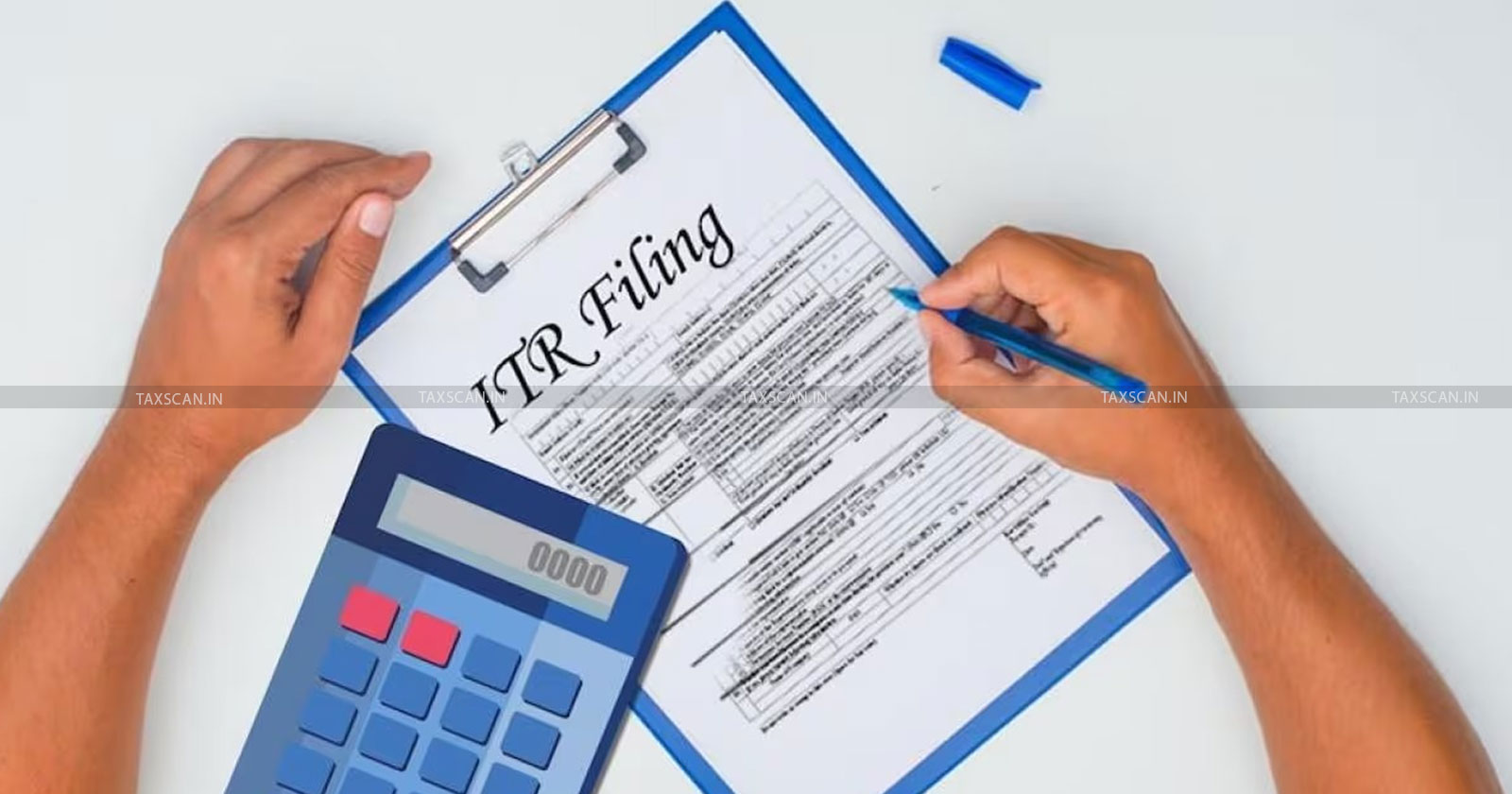ITR Filing Starts with Form 16/16A: Know Differences Between these Forms
The due date for the AY 2025-26 has been extended to September 15, 2025 due to delay in release of ITR Forms and ITR Utilities. This is only for the returns not requiring audit processes.

Two forms, Form 16 and Form 16A, are essential to the process for millions of Indian taxpayers as the income tax return ( ITR ) filing season gets started. For correct, simple payment of taxes, it is essential that you understand their responsibilities and differences.
When you get Form 16 promptly after the financial year ends, you can start preparing and filing your Income Tax Return well before the due date (typically July 31 for individuals). This avoids last-minute rush, portal slowdowns, or filing errors under time pressure.
The due date for the AY 2025-26 has been extended to September 15, 2025 due to delay in release of ITR Forms and ITR Utilities. This is only for the returns not requiring audit processes.
Also Read:Checklist for Preparing Financial Statements as per Revised Schedule III of Companies Act
Form 16 and Form 16A: What Are They?
Form 16: Employers provide paid workers this certificate once a year. It lists the salary that was paid along with the tax that was withheld at the source (TDS). Your employer's proper deduction and deposit of TDS with the government is attested by Form 16.
Form 16A: It is issued for TDS deducted on income from sources other than salaries, such as interest, professional fees, rent, or commissions. This is in contrast to Form 16, which is only issued for salary income. The organization or person making the payments provides it on a quarterly basis.
Get a Handbook on TDS Including TCS as Amended up to Finance Act 2024, Click Here
Important Distinctions Between Forms 16 and 16A
| Form 16 | Form 16A |
| Salary income | Non-salary income (eg: rent, interest) |
| Employer | Any deductor other than employee |
| Annually | Quarterly |
| Salary, deductions, TDS, employer/employee info | Payer/payee info, payment, TDS details |
| Section 192 | Other sections (e.g., 194A, 194C, etc.) |
Why does starting ITR filing with Form 16 or 16A matter for my tax process
1. Accurate Income Reporting
A detailed account of a salaried person's salary income and the tax deducted at source (TDS) by their employer during the fiscal year is provided via Form 16. Form 16A, on the other hand, details the TDS that is withheld from non-salaried income sources such as interest from fixed deposits, rental income, and professional service payments.
These forms are a must when filing your income tax return (ITR) since they help guarantee that all income is reported correctly and that the TDS claimed corresponds with government records. This eliminates the possibility of missing or underreporting income, which would otherwise result in the tax department's scrutiny, notices, or processing delays.
2. Claiming Deductions
Form 16, in particular, lists all deductions claimed under various Sections (like 80C, 80D), helping you ensure that you claim all eligible deductions and pay only the required amount of tax.
3. TDS Reconciliation
Forms 16 and 16A are essential for making sure that the tax deducted at source (TDS) that employers or payers deduct matches with the official tax records that the Income Tax Department keeps. All TDS entries recorded by deductors against your PAN are included in the Annual Information Statement (AIS) and Form 26AS, which reflect these records.
4. Proof of Tax Paid
Both documents provide official evidence that taxes have already been withheld and deposited with the government, which is necessary for tax compliance as well as for applications for loans or visas that call for evidence of income and tax payments.
Checklist to Completion Before ITR Submission
- Verify that you have either Form 16A (for non-salary income) or Form 16 (if you are salaried).
- Make sure all of your financial and personal information matches what you have on file.
- Compare the TDS amounts on Form 26AS and your paystubs.
- Examine all of the claimed exemptions and deductions.
- Before filing, bring up any inconsistencies with your employer or deductor so they can be fixed.
How to Compute Income from Salary with Tax Planning, Click Here
What Income Tax Department Says
For any taxpayer commencing the process of submitting their Income Tax Return (ITR), Form 16 and Form 16A are the most important first steps, according to the Income Tax Department. These documents provide as official documentation of the taxes that employers or other payers have withheld from your income (TDS).
For deductors (like employers or financial institutions), the department advises that Form 16/16A should only be generated from the TRACES portal. This ensures the authenticity of the data and guarantees that the TDS details are properly reported to the Income Tax Department.
For taxpayers, it is equally important to cross-verify the TDS reflected in Form 16 or 16A with Form 26AS and the Annual Information Statement (AIS) available on the income tax e-filing portal. This step ensures that the tax deducted and reported by the deductor matches the department’s records.
Using the correct and verified forms helps avoid mismatches, reduces the chances of refund delays or scrutiny, says the department.
 Also Read:Prima Facie Duplication in GST ITC Demands: Delhi HC Flags Dual Recovery of Reversed and Utilised ITC, Allows Appeal with Limited Pre-Deposit [Read Order]
Also Read:Prima Facie Duplication in GST ITC Demands: Delhi HC Flags Dual Recovery of Reversed and Utilised ITC, Allows Appeal with Limited Pre-Deposit [Read Order]
Support our journalism by subscribing to Taxscanpremium. Follow us on Telegram for quick updates




